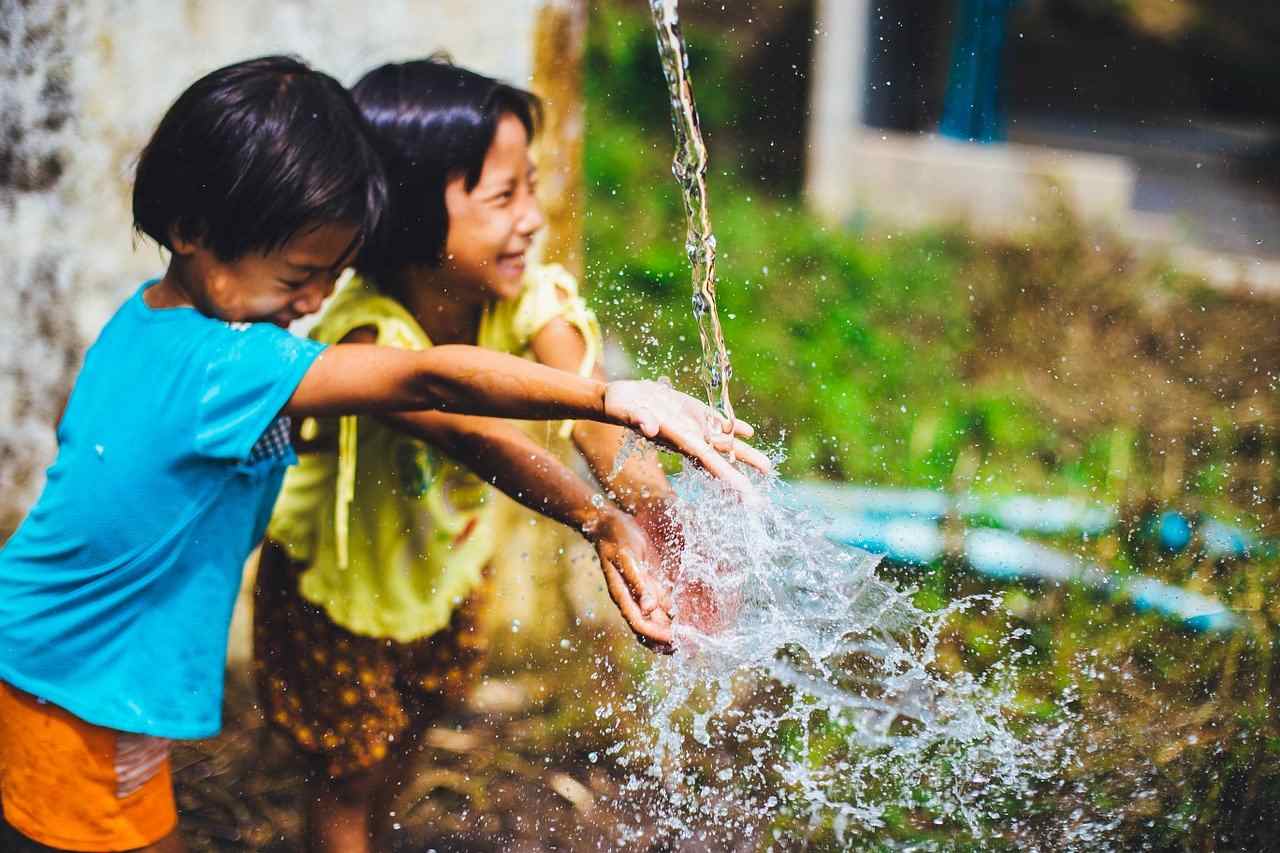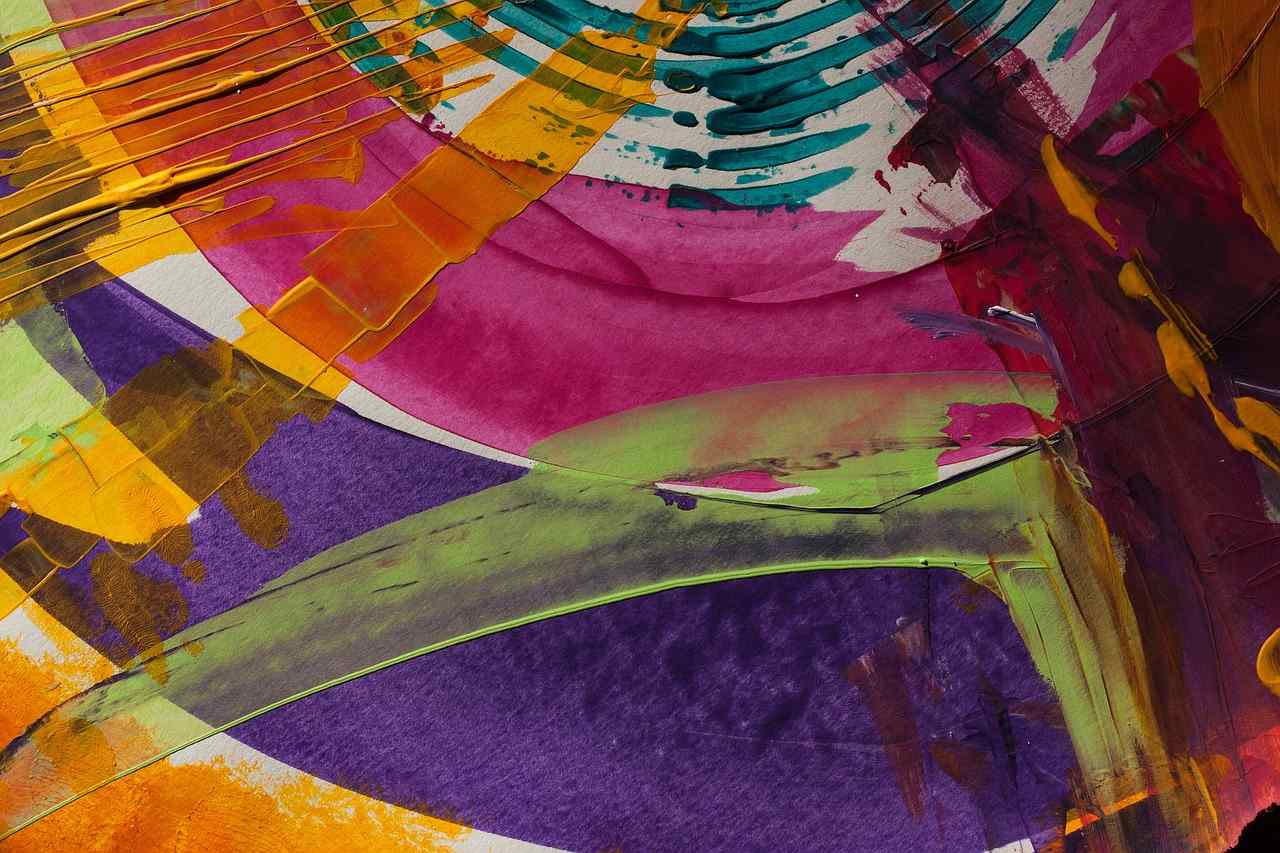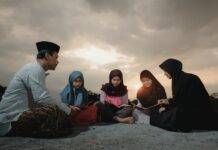
The process of Art does not have to be formal or technical in nature. Art is in the simple things. You see it in a perfectly manicured home garden or in a perfectly presented plate of food prepared by a chef. It is anything that pleases the senses of sight, sound, taste, smell or touch and engages them in the process of creation. Art surrounds us in our everyday life as creativity flows through us naturally even when we don’t realise it, like when we rearrange our furniture to make our houses look more appealing to ourselves and those who visit. We are inherent creative beings who may have, through the course of our lives, lost touch with our true innate creative nature.
When we watch a child as young as two play with his toys, he is creating on a number of levels, in his mind he imagines stories and characters and with his hands he tries to physically create situations with props and available materials. He is not taught to play the way his does; he is born an intelligent and creative being and expresses himself, uninhibited. What happens then when this very child goes to school? He is taught things, useful things. He is taught everything from Science and Math to how to draw, dance and sing. He then receives approval or disapproval for how he performs in each of the above and slowly starts to associate his self worth with the kind of approval he receives from those around him. If this child does not excel in a creative field of art, theatre or music he slowly starts to believe he is ‘not talented’ or ‘not creative’ in the least bit.
Children in schools are constantly told to be achievement oriented rather than creativity oriented. In their goodness of intention to please others, they slowly forget to be children and lose touch with their inner selves. This is when the use of Art in schools becomes therapeutic in nature. It allows children to be children encouraging them to express that part of themselves that brings them most joy as they access many hidden talents and abilities.
Many of us grew up thinking of art as great works, flawless in nature that we must ‘learn’ to create and ‘practise’ in order to get better at. However this is not so, Art is merely an expression of one’s inner world in the form of individual creativity.
In any of its forms whether visual, theatre, dance or music, art allows us to tap into our creative energy allowing it to permeate into all other areas of our life. The concept of art in education is much talked about in recent times as we begin to question our education system and its role in encouraging individual creativity. The benefits have been proven time and again as creative learning is the most effective and natural form of learning.
From my experience of using Visual art with children and adults I have found that when it is used for expression it can be healing and therapeutic in many ways. Visual art is the use of all forms of coloured media for creation like crayons, pencils, paints, pastels etc. Art in this sense is an active form of meditation. It quietens the mind while engaging the senses allowing us to delve deeper within. When art is allowed to flow through, it makes known to us many aspects of our inner worlds in the form of shapes and colours for further interpretation from our own conscious minds. It has the ability to bring our own innate knowledge and wisdom to the forefront of our lives.

This form of Art is different from the traditional idea of Art class in schools. While the later is more structured and focused on skill, the former is exploratory and spontaneous in nature devoid of judgement regarding its quality.
The process of using art for expression especially with children is a simple one and may be improvised upon intuitively by the facilitator. In short it includes,
>Introduction of a visual art medium (Crayons, acrylics, water colours, etc)
> Provide minimal instruction, children tend to look for instructions about how things should be done
>Provide only reassurance that what they do will not be judged
>Allow the child to explore
> Provide acceptance of their work not approval
When students in school are encouraged to express themselves in a non judgmental environment they explore the many aspects of themselves to start to understand themselves better through their art.
Art for expression is non verbal and devoid of structure or fixed guidelines for interpretation. No matter what one’s age is, it can be used as a tool for self discovery, emotional release and in order to unleash one’s own creative potential.
Self discovery: Art has the ability to help an individual understand himself. For example, characteristics like perfectionism, organisation, originality, ability to let go or hold control etc, are revealed to oneself during the creating process. In adults, spontaneous art helps identify subconscious patterns of thinking and belief systems either positive or negative.
Release: Art allows one to express that which otherwise cannot be expressed with words or mere language. Colours and strokes allow one to feel and express non verbally as a form of release of emotion either positive or negative. Further it helps release kinaesthetically from the body through paint and colour, experiencing joy and lightness of body as a result.
Connecting to the inner child: Creating art helps a child stay in touch with all the positive qualities of being a child like enthusiasm, joy, spontaneity, imagination and curiosity to explore. It helps adults access the same qualities by connecting them back to their ‘inner child’. They are then able to unleash their creative potential and experience themselves as intelligent beings of potential and innate wisdom.
Works of art: Once one has explored their creativity through art, they begin to see beauty in their own artistic creations. This leads to the development of an artistic passion for a specific medium of expression. For example: Some people prefer painting while others are passionate about sketching. When this happens and one has found his/her primary medium for expression, their art evolves remaining therapeutic in many ways.
From personal experience of discovering my own creative potential, I found that
- Self confidence increases as we realise our own ability to create beautiful things. We being to see ourselves as creators.
- Self esteem and sense of satisfaction increase as a result if having made something that is pleasing to the senses.
- Mindfulness and the ability to concentrate is honed as creating can be a meditative process
- Stress is relieved easily and the process initiates a positive state of mind
- An increase in self awareness and awareness of our surroundings
- Appreciation of beauty in all things including the mundane things in our day to day lives.
What is most needed in education systems today is the development of intrinsic strengths and abilities within each student rather than the extrinsic achievement of goals. The use of Art is an effective means of bringing about such development. More essentially, Students begin to use art as a tool to express themselves when language is limiting or when they cannot verbalise how they feel. This is especially useful for students with learning or social difficulties and other special needs. Unexpressed thoughts and emotions are channelized in a healthy manner through their art as they start to become responsible for their own emotional well being.
Last but not least, when art is used for self exploration and expression, a student’s sense of self worth increases as they begin to see themselves as unique creative individuals capable of a lot more than what society expects of them.
Sasha Braganza is Arts based therapy practitioner, Inner-child healing Facilitator and Counsellor with a background in Clinical Psychology. Using Art as a therapeutic tool for working with children and adults, including those with special needs, she soon experienced how it brought her in touch with her innate creative nature. She now feels connected to the process and grateful to be able to facilitate similar experiences for others.










